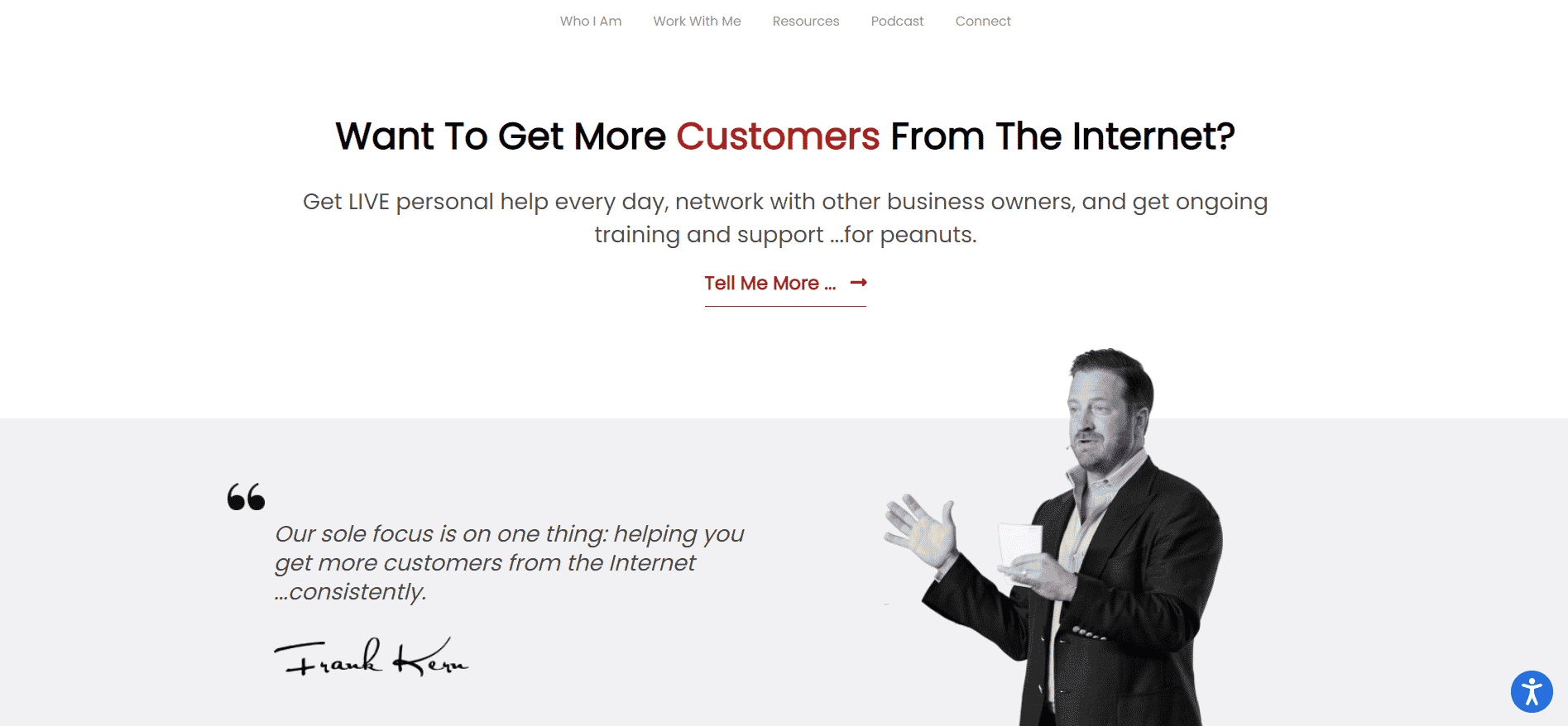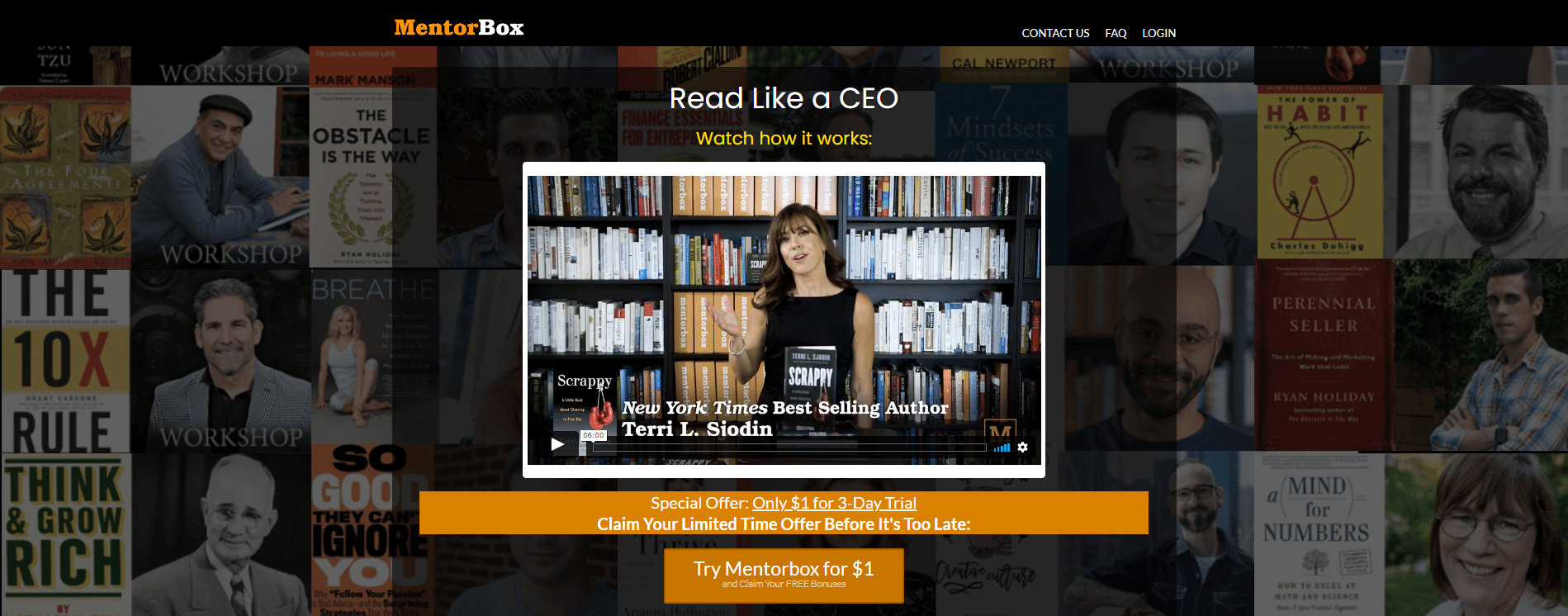Websites are easy to build and hard to drive traffic to. But with online Ads and smart SEO, you can gradually get the ball rolling on traffic. But then comes the most challenging part: conversion.
Improving the conversion rate is easier if you work smarter and not harder. In this article, you will learn 7 different tactics to maximize your landing page’s conversion rate.
Let’s get started.
1. Have a Page that Loads effortlessly across Devices
One of the primary reasons for traffic bouncing is that people simply don’t want to wait. Your headline can make them curious enough to read further, but if your page takes time to load, their patience will run out way before they read anything. Therefore, the first thing you need to make sure is that your website loads as quickly as possible regardless of device, browser or operating system.
You can use tools like PageSpeed Insights to ensure your landing page loads quickly on all devices. Here are a few tips to ensure your website loads quicker:
- Use smaller images. If you’ve noticed, almost all major brands have started making their logos minimalistic. That’s because we’re going further into a web-primary lifestyle, and more commerce will happen online than offline. Smaller-size images are more user-friendly.
- Embed videos instead of hosting them. If you host videos on your WordPress site or any page, it will take time to load. But if your content is hosted on Vimeo or YouTube, it loads much quicker.
- Rely on text more. Every online marketer knows that words are what convert anyway. But the techies can truly appreciate the speed benefit of text content. It is the quickest-loading element on any page, so why not make it your primary mode of communication?
- Use speed-friendly forms and widgets. If you want people to take action, you must make it easier. Online widgets make it easy, but if they take too long to load, your audience might wonder where they must enter their email information because the form hasn’t appeared.
- Don’t make loading contingent on perfectionism. Finally, you need to avoid the mistake of making your content loading contingent on all the widgets loading. Developers can make your website in a way where the loading bar appears until every aspect of your website has loaded, and then your website gets launched. This is dangerous for online marketers because people can bounce before they read a headline that could have kept them glued to the site.
Frank Kern’s homepage is an excellent example of an asset-light page that loads quickly. Generally, home pages are more indulgent, while landing pages are meant to load faster. Kern being a marketer himself, uses his homepage as a landing page.

2. Establish your Authority
If your pages load within the timeframe allowed by your audience’s patience, you have the opportunity to make a first impression. And on the Internet, the first impression is the last impression, more literally than off the Internet, because people leave your website right after getting the first impression.
If you establish authority right off the bat, they are more likely to give you the benefit of the doubt and read beyond what curiosity requires. One way to build authority is to mention the media outlets you have been featured on. “As Seen On TV” was a brand that capitalized on this before the age of the Internet.
Today, professional speakers and coaches use this with logos of news media that have covered them. You can notice this on Tony Robbins’ homepage.

Simply put, you have to establish authority asap in industries with no barrier to entry. That’s one reason Robbin’s website showcases the logos of Inc., Fortune, and Forbes under the page’s hero image.
3. Use Social Proof
People are a little skeptical of the media in a world where coverage can be bought. So for good measure, you must tap into their trust for their peers by using social proof to reinforce your authority. Everything from the number of people who follow you to video testimonials, anything that can reassure visitors that they aren’t the first to act on your offer will help improve your conversion rate.
Social proof can come in the following forms:
- Video testimonials. Written testimonials can work, but are often faked, so often that people are more skeptical of them.
- Follower statistics. Even though fake followers can be bought, the number of followers still matters to the general public.
- Reviews on third party platforms. You must have good reviews on TrustPilot, Facebook Pages, and other places where people can look up your company.
4. Use a Time-based Offer
Once your audience believes in your authority, it is ready to take your copy at face value. But whether people decide to buy into your offer, sign-up for a callback, or buy from you depends on how good the offer is. And the more time people have to think, the more time other offers have to compete with yours.
Opportunity cost can make even the best offer look bad by putting it against other potential expenses. A timer ensures that the visitors don’t think they will “get to it later.” It also limits the window of contrast. By making your offer limited to a specific timeframe, you put your foot on the ground and tell your audience that they have the choice to be in or out. It might seem counter-intuitive, but it works, which is why online marketers use it.
5. Audit your Copy for Persuasive Language
Text is one of the most critical aspects of your landing page, and that’s why getting intentional about your copy will drive up your conversion rate. If you see copywriting as a “to-do” item, you will be glad it is done and mentally file it away.
But if you realize that your copy is as important as the sale, you will keep auditing your text for persuasive language. The more persuasive language you use, the better your audience will respond. So don’t let your landing page copy be “text” only.
6. Stack your Offer and Leverage Contrast Effect
Regarding decision-making, action is driven by emotion and rationalized in hindsight. Many marketers get too rational about their offers and try to close people on logic alone. In reality, emotional tools like offer-stacking are much more effective. When you start placing small perks as added benefits for taking action, visitors mentally exaggerate them and place disproportionate value on the offer.
A great example of offer stacking is MentorBox.com’s landing page.

This book-box business aims at the self-help niche and adds video book summaries as a digital bonus. Its opt-in offers access to digital summaries for $1, with eventual upsells into monthly book summary access and then a physical book box subscription. But even for the $1 for a 3-day trial, the following bonuses are included:
- 500+ hours of video and audio lessons at your fingertips
- Unlimited access to an ever-growing library of courses taught by world-class authors
Did you notice something? Those two bonuses are the same thing. And they’re also the actual service you’re paying for.
Studying any product or service landing page connected to Tai Lopez is a must if you want to produce a value stack for your own page.
7. Use a Down-sell for the Hard-to-please Visitors
Finally, you need to make peace with the fact that some people will not be happy with your offer (no matter the offer). They might be hard to please, but not all of them are impossible to please. Including a down-sell that gets triggered when the mouse hovers too close to the navigation bar can get them to take a smaller action that changes down the line.
Examples of down-sells could be:
- A $50 product becomes a $1 single-product offer.
- A $20 subscription becomes a $5 subscription with limited features.
- An opt-in for email and number becomes an email-only opt-in with fewer bonuses.
Final Thoughts
Conversion rate optimization is all about improving user experience and website loading speed while employing persuasive techniques to influence visitors to take action. You can use the best practices covered in this post to make improvements wherever your landing page and its copy are sub-optimal.
